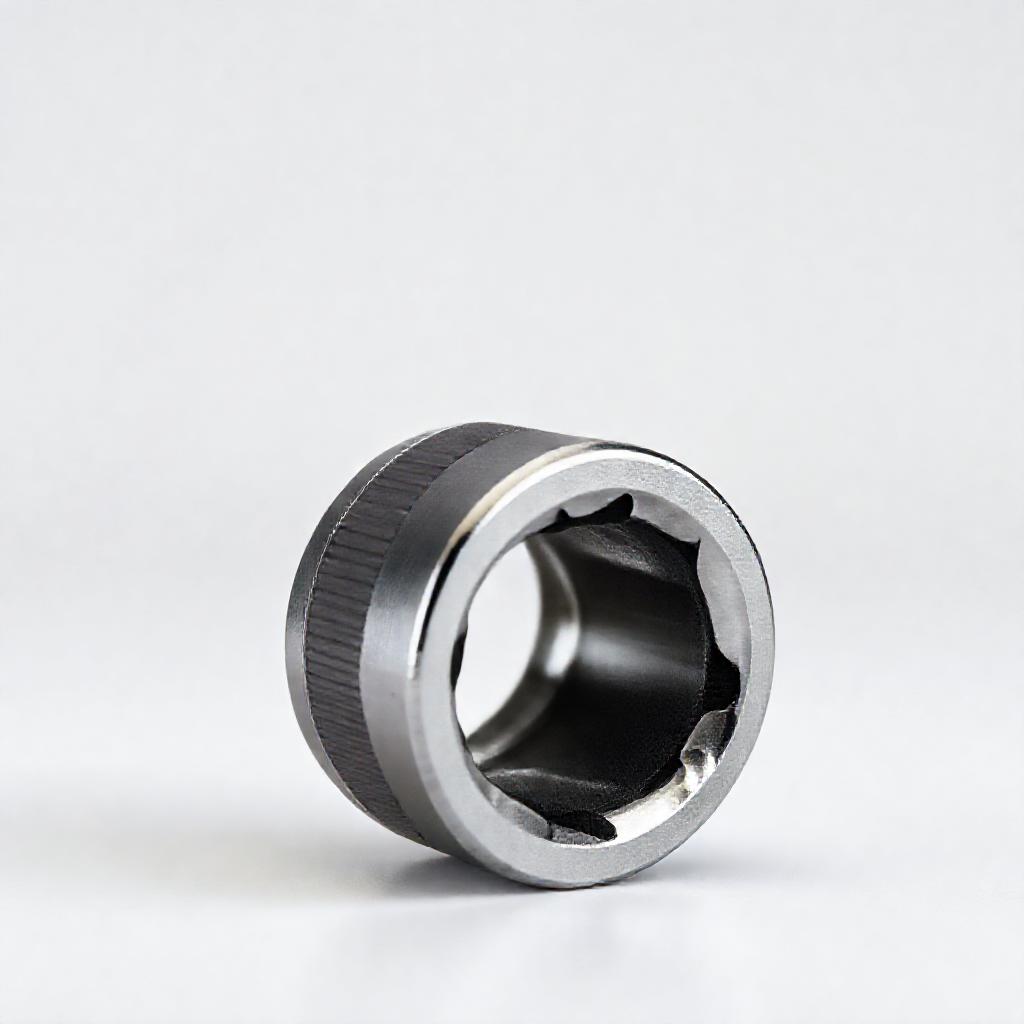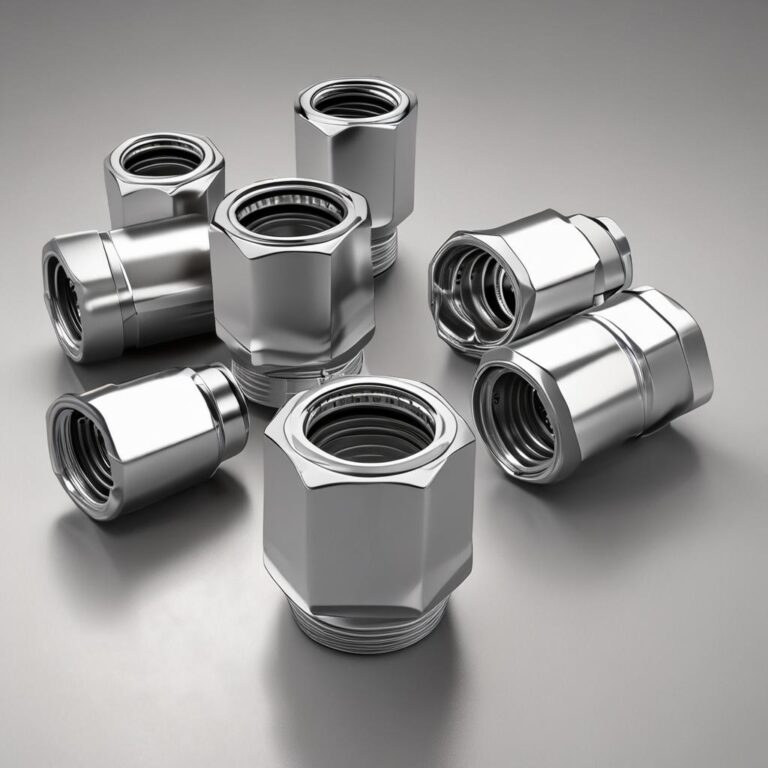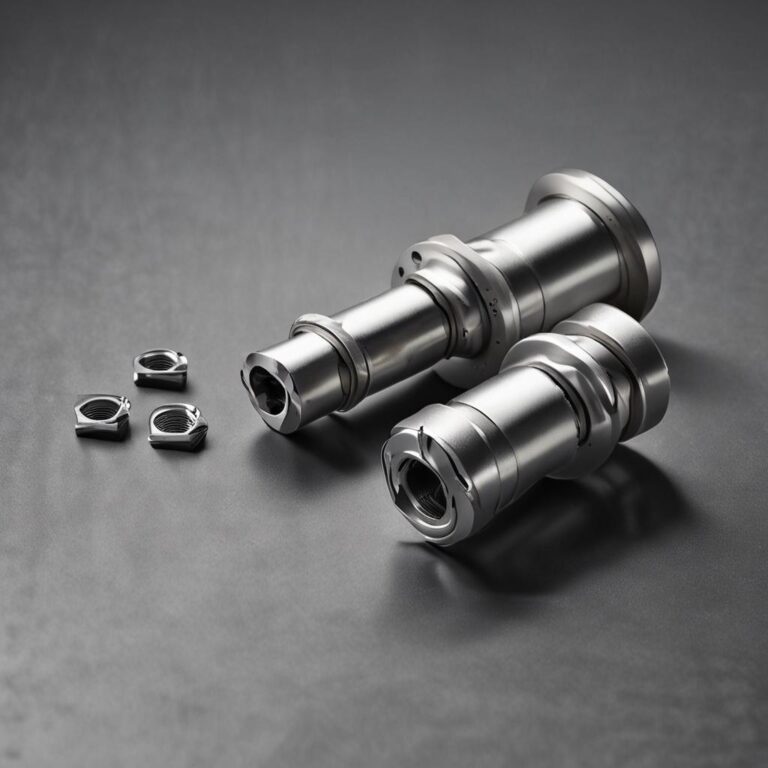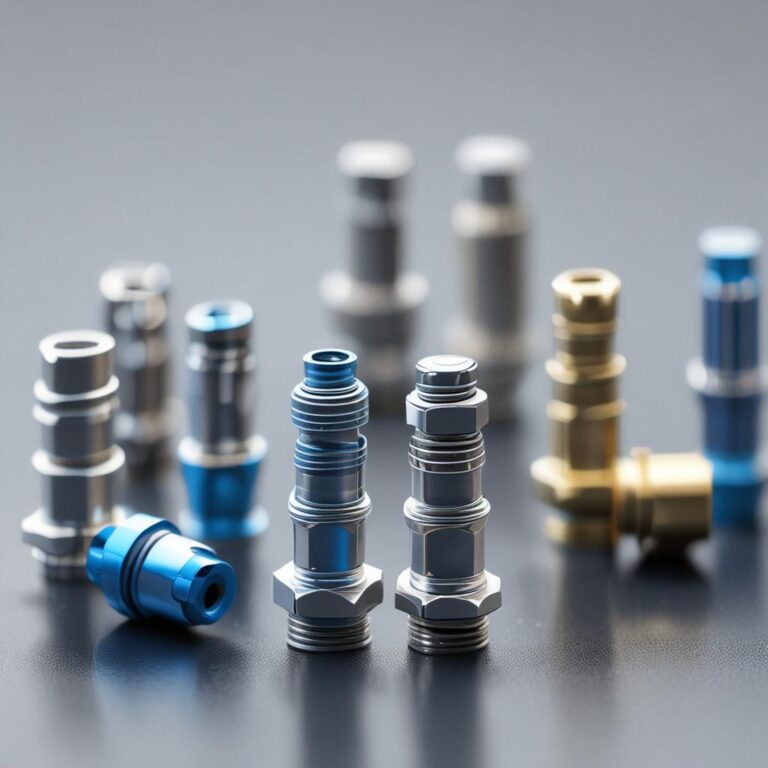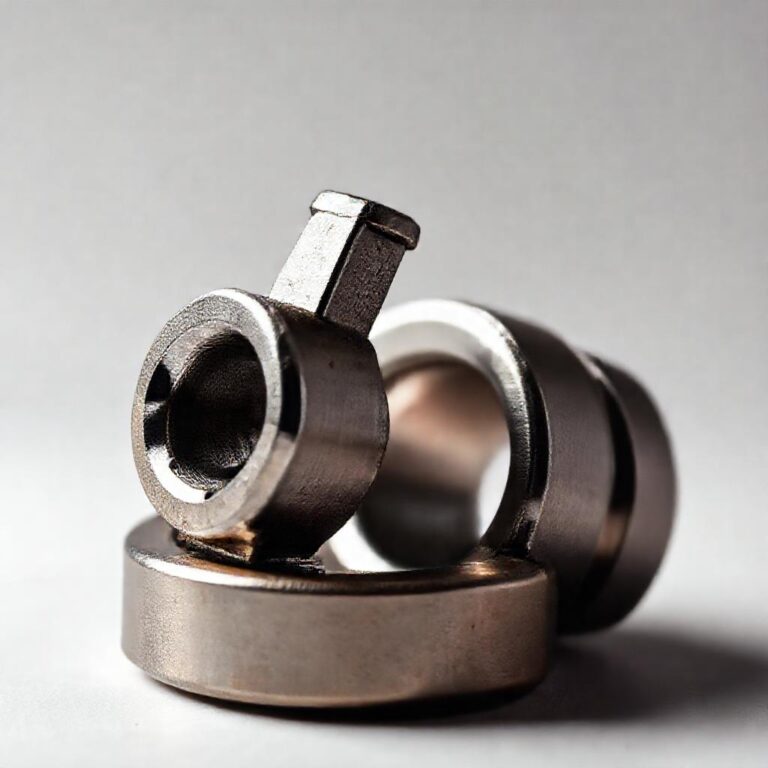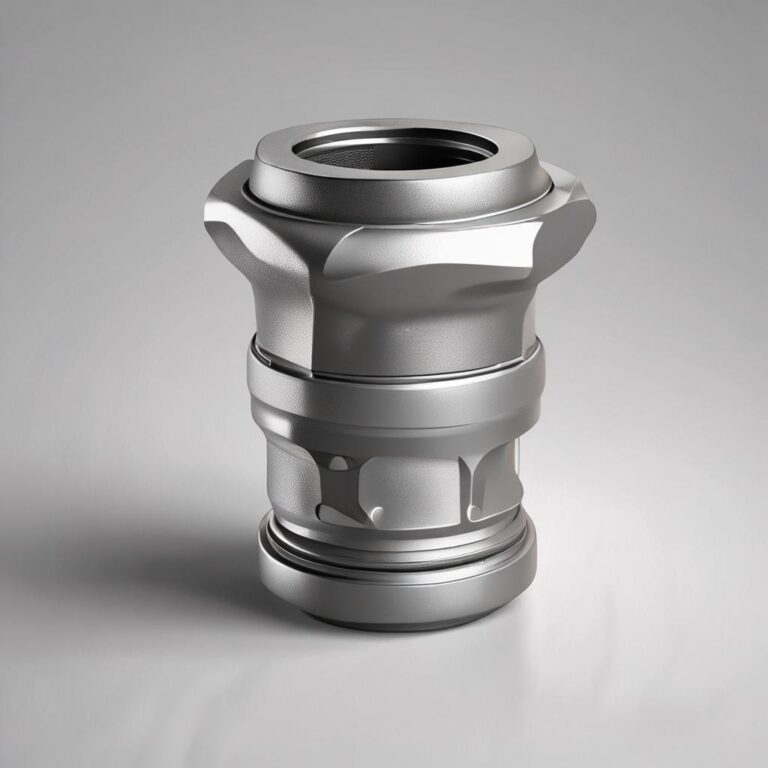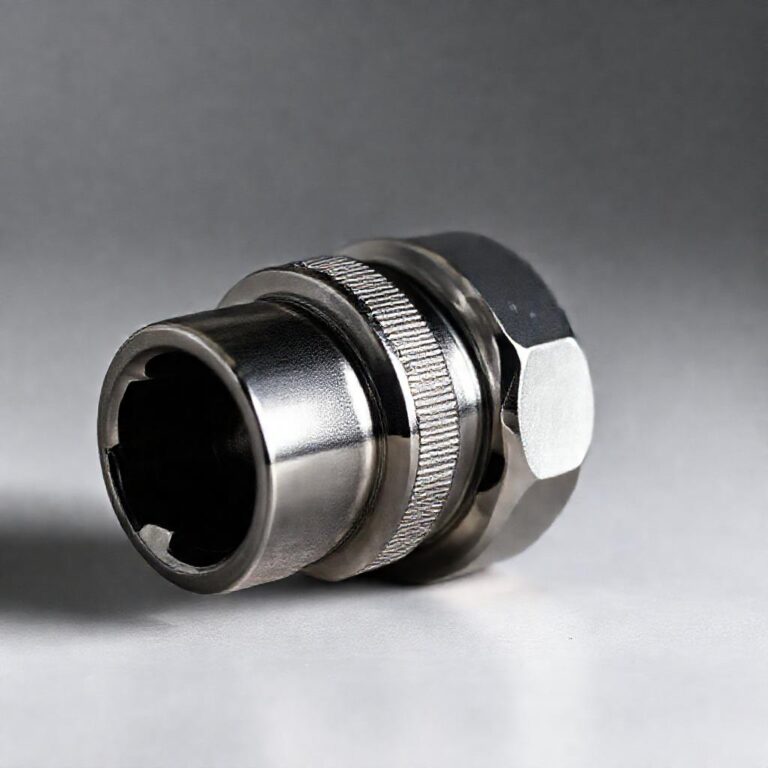What is a Universal Joint Socket Adapter
A universal joint socket adapter is a versatile tool that has become an essential component in the kits of professionals and DIY enthusiasts alike. It is designed to provide easy access to bolts and fasteners located in tight or angled spaces, making it a problem-solving essential in automotive, mechanical, and DIY repair contexts. The importance of this tool lies in its ability to transfer torque efficiently despite being positioned at an angle, thereby allowing users to work in spaces that would otherwise be inaccessible. Whether you’re a seasoned mechanic or a hobbyist working on a project, a universal joint socket adapter is a valuable addition to your toolkit.
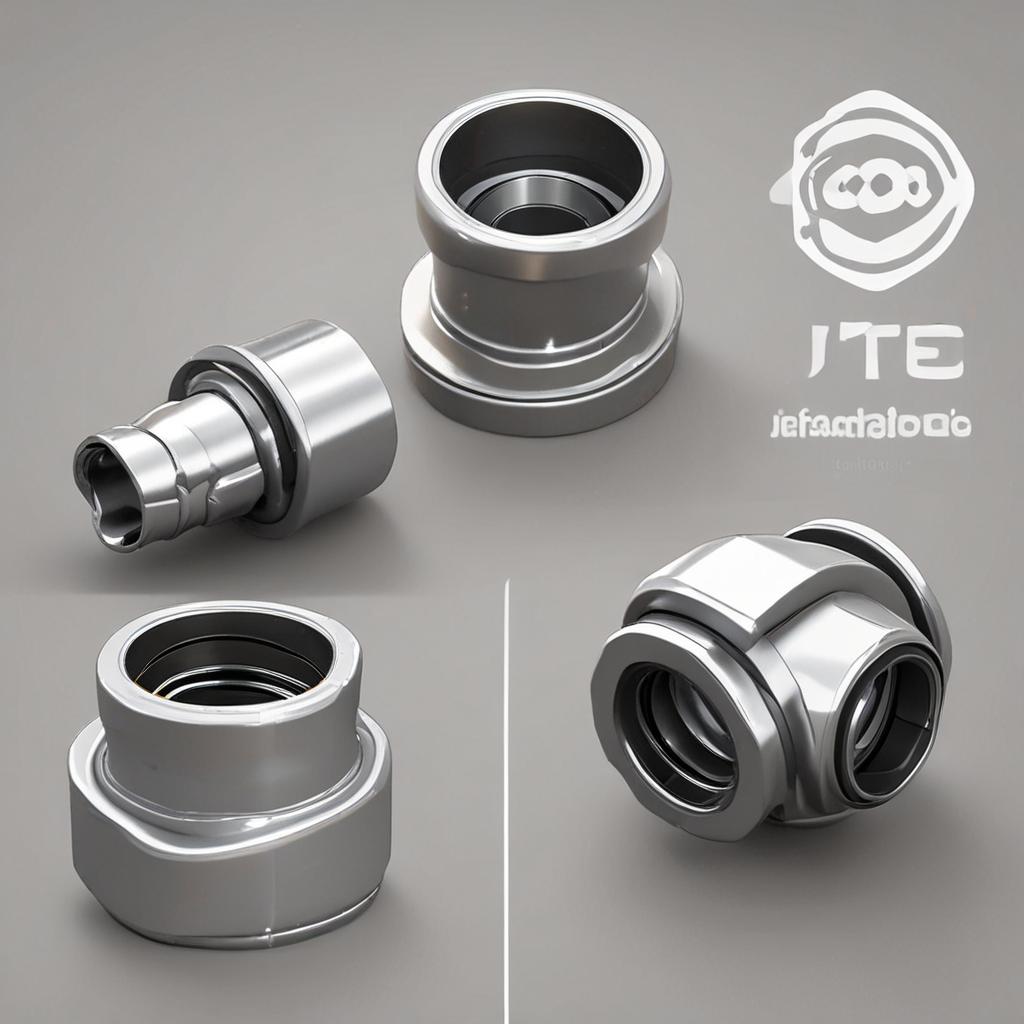
What Is a Universal Joint Socket Adapter? A Complete Guide
Introduction – Understanding the Universal Joint Socket Adapter
The universal joint socket adapter is a critical tool that solves common problems like accessing tight or angled spaces. Its importance in various contexts, including automotive and mechanical repair, cannot be overstated. The adapter’s ability to provide easy access to bolts and fasteners in hard-to-reach areas makes it an indispensable asset for both professionals and hobbyists.
How a Universal Joint Socket Adapter Works
A universal joint socket adapter works through a ball-and-socket or flex-joint mechanism, which allows for the efficient transfer of torque despite angular positioning. This is in contrast to a standard rigid socket extension, which can only be used in straight-line applications. The adapter’s design enables it to accommodate a range of angles, typically up to 30° on each side, making it ideal for working in confined or awkwardly positioned spaces.
Key Components of a Universal Joint Socket Adapter
A universal joint socket adapter consists of several key components, including the drive end, which fits onto a ratchet or power tool, the flexible joint, which is typically made of a durable material such as chrome vanadium steel, and the socket end, which connects to standard sockets. The materials used in the construction of the adapter are critical to its durability and performance, with high-quality steel being the preferred choice for most applications.
Types of Universal Joint Socket Adapters
There are several types of universal joint socket adapters available, each with its own unique characteristics and applications. Standard U-joint adapters offer 90-degree flexibility, while swivel-head adapters provide adjustable angles. Telescoping universal joints offer extendable lengths, and magnetic versions are available for applications where the adapter needs to be securely attached to a metal surface. Understanding the different types of adapters and their applications is essential for selecting the right tool for the job.
Common Uses and Applications
Universal joint socket adapters have a wide range of applications across various industries and contexts. In automotive repair and maintenance, they are used to reach bolts in engine bays, work on suspension or exhaust systems, and install spark plugs in tight spaces. In DIY and home projects, they are used for furniture assembly in confined areas, appliance repair, and bicycle maintenance. In industrial and mechanical applications, they are used for machinery maintenance in factories, HVAC system servicing, and equipment with recessed fasteners.
Automotive Repair and Maintenance
In the automotive sector, universal joint socket adapters are essential for accessing bolts and fasteners in hard-to-reach areas. They are used to reach bolts in engine bays, work on suspension or exhaust systems, and install spark plugs in tight spaces. The adapter’s ability to provide easy access to these areas makes it an indispensable asset for mechanics and automotive enthusiasts.
DIY and Home Projects
In DIY and home projects, universal joint socket adapters are used for a variety of tasks, including furniture assembly in confined areas, appliance repair, and bicycle maintenance. The adapter’s versatility and ability to access tight spaces make it an essential tool for hobbyists and DIY enthusiasts.
Essential Checklist
Goal Definition
Clearly define objectives and success metrics
Resource Planning
Allocate necessary time, budget, and personnel
Implementation Strategy
Develop step-by-step execution plan
Quality Assurance
Establish testing and validation procedures
Performance Monitoring
Set up tracking and reporting systems
Essential items for What is a Universal Joint Socket Adapter
Industrial and Mechanical Applications
In industrial and mechanical applications, universal joint socket adapters are used for machinery maintenance in factories, HVAC system servicing, and equipment with recessed fasteners. The adapter’s ability to provide easy access to these areas makes it an essential asset for professionals working in these fields.
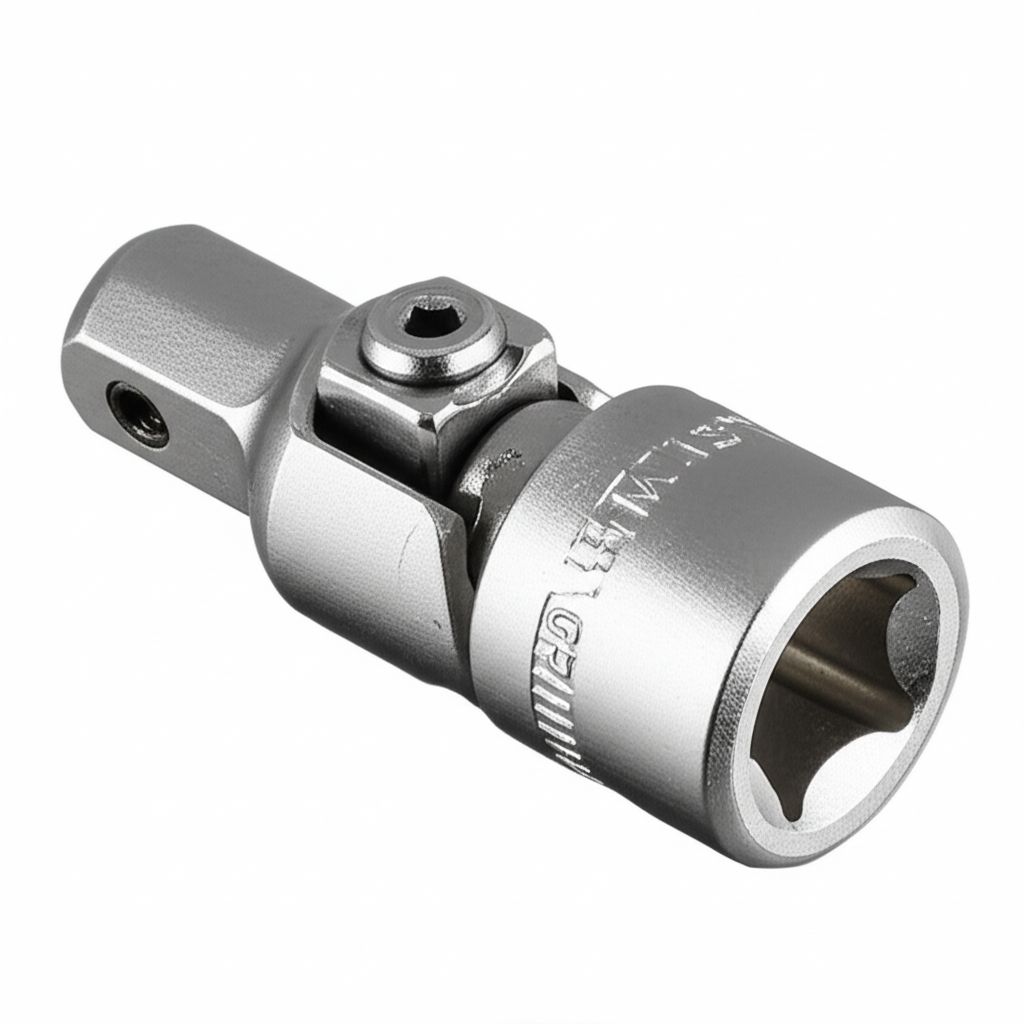
Advantages of Using a Universal Joint Socket Adapter
The advantages of using a universal joint socket adapter are numerous. It provides increased access to hard-to-reach fasteners, reduces the need for multiple specialty tools, saves time and effort during repairs, and minimizes the risk of rounding off bolt heads. The adapter’s versatility and ability to access tight spaces make it an essential tool for professionals and hobbyists alike.
Limitations and Safety Considerations
While universal joint socket adapters are incredibly useful, they do have some limitations and safety considerations. The adapter’s joint can reduce torque efficiency, and it may not be suitable for high-torque applications. Additionally, the flex joint can wear over time, leading to slop or breakage under stress. It is essential to follow proper usage tips to avoid damage, including avoiding over-flexing the joint, not using it with impact wrenches unless rated for it, and regular inspection for wear or deformation.
Torque Limitations
Universal joint socket adapters can reduce torque efficiency due to angular friction and mechanical loss. This means that they may not be suitable for high-torque applications, such as lug nuts. It is essential to understand the adapter’s torque limitations and use it accordingly.
Wear and Durability Issues
The flex joint in a universal joint socket adapter can wear over time, leading to slop or breakage under stress. It is essential to inspect the adapter regularly for wear or deformation and replace it as needed. Proper maintenance and storage can help extend the life of the adapter.
Proper Usage Tips to Avoid Damage
To avoid damaging a universal joint socket adapter, it is essential to follow proper usage tips. These include avoiding over-flexing the joint, not using it with impact wrenches unless rated for it, and regular inspection for wear or deformation. By following these tips, you can ensure the adapter remains in good working condition and provides years of service.
How to Choose the Right Universal Joint Socket Adapter
Choosing the right universal joint socket adapter can be a daunting task, especially for those new to the tool. It is essential to consider factors such as drive size, material, and build quality. The adapter should be compatible with your ratchet or power tool, and the material should be durable and resistant to wear. A high-quality adapter will provide years of service and make working in tight spaces much easier.
Matching Drive Size (1/4″, 3/8″, 1/2″)
When choosing a universal joint socket adapter, it is essential to match the drive size to your ratchet or power tool. Common drive sizes include 1/4″, 3/8″, and 1/2″. Ensuring compatibility will ensure the adapter works smoothly and efficiently.
Material and Build Quality
The material and build quality of a universal joint socket adapter are critical to its performance and durability. A high-quality adapter should be made from durable materials, such as chrome-molybdenum or heat-treated steel. These materials provide the strength and resistance to wear needed for demanding applications.
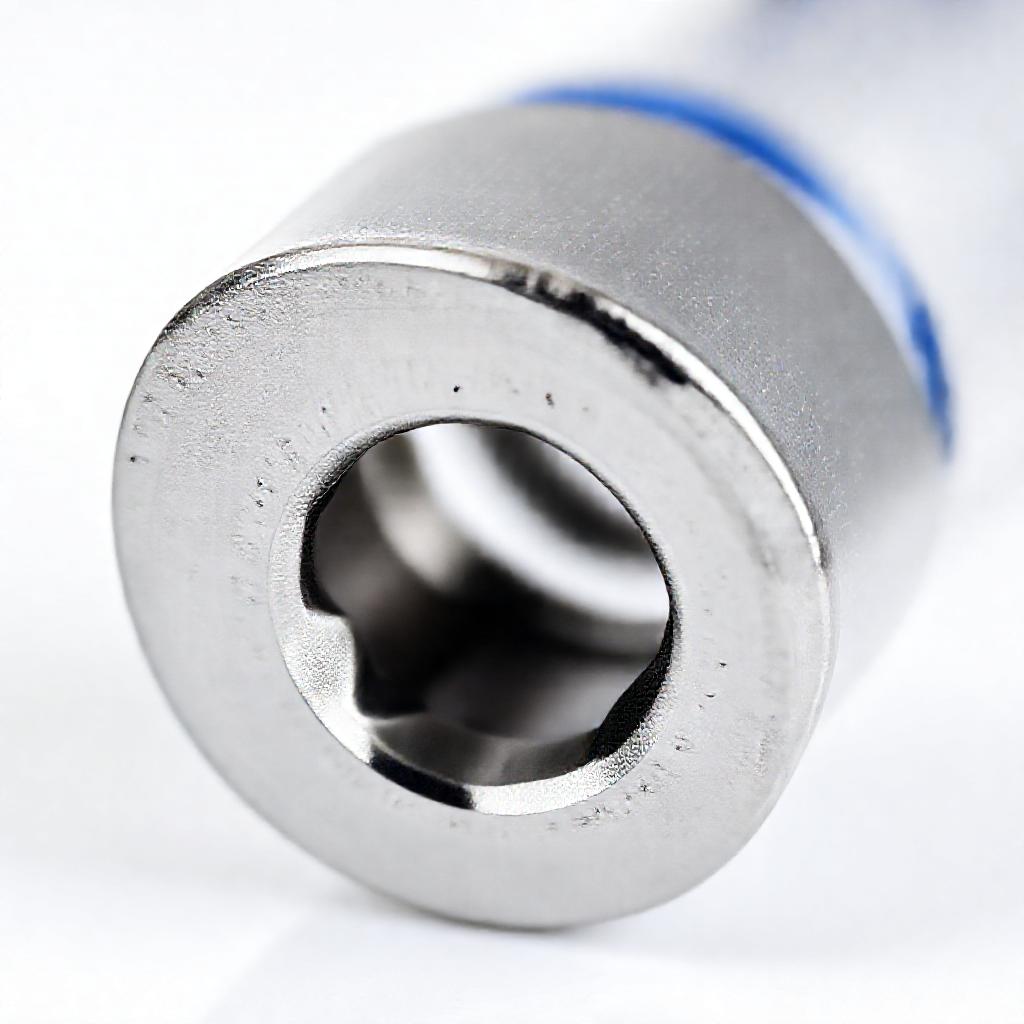
Flexibility vs. Strength Trade-Offs
When choosing a universal joint socket adapter, there is often a trade-off between flexibility and strength. More flexible joints may sacrifice durability, while stronger joints may be less flexible. Understanding this trade-off is essential for selecting the right adapter for your needs.
Top Brands and Recommended Models
There are several top brands and recommended models available in the market. Reputable brands such as GearWrench, Tekton, and Wrencher offer high-quality universal joint socket adapters that provide excellent performance and durability. When choosing a model, consider factors such as drive size, material, and build quality to ensure you select the right adapter for your needs.
Conclusion – Is a Universal Joint Socket Adapter Worth It?
In conclusion, a universal joint socket adapter is a valuable addition to any toolkit. Its versatility, ability to access tight spaces, and durability make it an essential tool for professionals and hobbyists alike. While it may have some limitations and safety considerations, the benefits of using a universal joint socket adapter far outweigh the drawbacks. Whether you’re working on a car, a bike, or a piece of furniture, a universal joint socket adapter is a must-have tool that will make your work easier and more efficient.
Frequently Asked Questions (FAQ)
Can I use a universal joint socket adapter with an impact wrench?
Only if specifically rated for impact use. Most standard U-joints are not designed for high-impact forces and may fail.
What sizes do universal joint socket adapters come in?
Common drive sizes are 1/4-inch, 3/8-inch, and 1/2-inch. The joint angle typically allows 15° to 30° of flex on each side.
Do universal joint adapters reduce torque?
Yes, due to angular friction and mechanical loss, torque transfer is less efficient than with a straight extension.
How do I clean and maintain a universal joint socket adapter?
Wipe down after use, lubricate the joint occasionally with light machine oil, and inspect for cracks or excessive play.
Can I connect multiple universal joints together?
While possible, chaining multiple joints reduces torque efficiency and control—use only when absolutely necessary.

